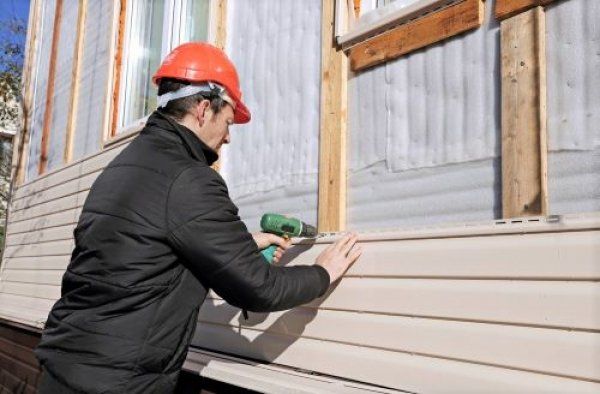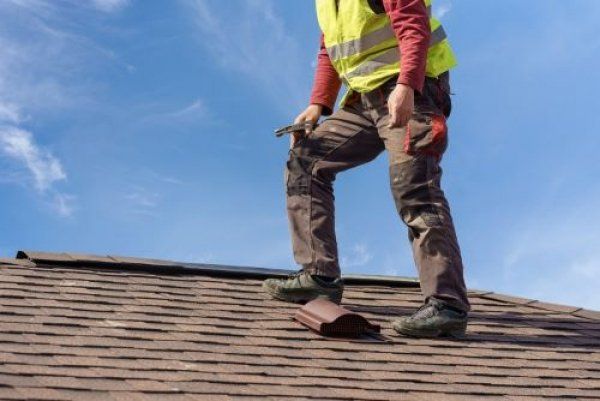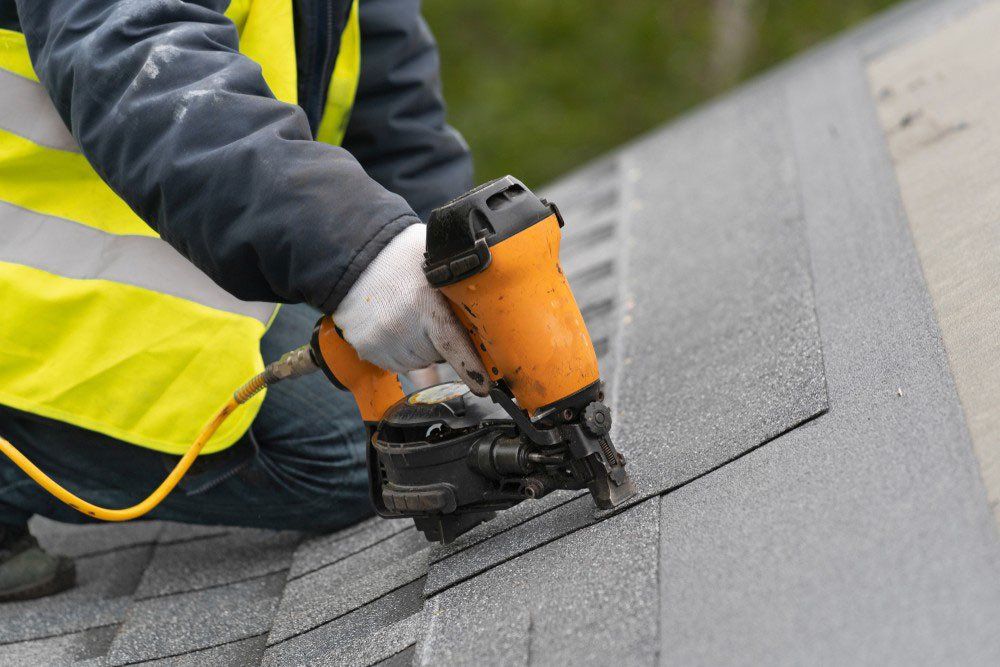An In-Depth Guide to Hail Damage in Denver
Homeowners in Denver are all familiar with the storm patterns of Colorado. Throughout a given year, plenty of storms descend on the metro area from the Colorado Rockies. In the spring and summer, Denver homes can get pummeled by hail storms and suffer significant damage. No matter the severity of your hail damage in Denver, it’s best to seek professional repairs sooner rather than later. But, what steps do you need to take to get your property damage repaired?
At Michaels & Marc, we want to provide some clarity on this subject for homeowners across the metro area. We’ve been a trusted hail damage contractor in Denver for numerous years now. Today, we’re here to share our expert storm damage insights to help homeowners maintain their properties.
Signs of Hail Damage
Hail can fall at dangerously high speeds, ranging from just 9 mph all the way up to 100 mph! At those speeds, the hailstones can leave lasting impacts. While the speed of a hailstone depends on its size, even small hail storms can inflict serious damage on your property. When you’re looking for signs of hail damage in Denver, you can expect to find them all around your home. Some of the most common signs of hail damage include:
- Bruised, broken, or missing shingles
- Dented gutters and downspouts
- Chipped or cracked siding
- Dented metal flashing
- Exterior paint damage
- Broken windows and dented window sills
- Shingle granules collecting in your gutters
- Interior water damage
If you notice any of these signs of hail damage, it would be wise to get them repaired quickly. Those damaged areas act as openings into your property, which can lead to further property damage during future storms.
Your Homeowner’s Insurance Claim
Weather-related property damage is one of the most costly repairs out there. Your homeowner’s insurance policy is in place to help cover those repair costs. In order to receive that financial support, you’ll need to file an insurance claim with your provider.
The approval of your claim is contingent upon your claim’s strength and your insurance adjuster’s findings. The more accurate documentation that you can include in your claim, the stronger it will become.
Before you file your claim, we’d recommend scheduling a free property inspection with a storm damage contractor. They’ll comb through your property and identify every instance of hail-related property damage. Your contractor can even take photos of the damage for your claim to help reinforce it as much as possible.
When your insurance adjuster comes out to inspect your property, it’s wise to have your contractor present as well. They will act as your advocate and speak with your adjuster to voice any concerns that you may have with their findings.
How Does the Insurance Payout Work?
Following the inspection of your property, your insurance adjuster will calculate the repair costs of your hail damage. They’ll develop a reimbursement amount based on how much it would cost to replace your damaged areas with similar construction materials. If, for instance, your roof was damaged and it had 3-tab shingles, your reimbursement will be calculated based on the average cost of those particular shingles.
Depending on your insurance policy, you may receive one of two different values for your reimbursement:
- Replacement Cost Value (RCV) - The estimated total cost to rebuild your damaged features from scratch.
- Actual Cash Value (ACV) - A payout that factors in the depreciation of your property.
Most homeowner’s insurance policies will insure your property at the RCV. Make sure you review your policy beforehand to understand which reimbursement value you will receive. Once your claim is approved, your insurance provider will reimburse you for the repairs and you’ll just need to pay your deductible.
Repair Your Hail Damage
At this stage, the only thing left to do is address your property damage. Keep in mind, your repairs may not be restricted to just one feature of your property. It’s highly likely that multiple areas of your property were damaged by the hail (e.g., roofing, siding, exterior paint, etc.). For that reason, it would be best to work with a contractor who can address all of those repairs. This way, you don’t need to simultaneously coordinate with several contractors, which will save you significant amounts of time and energy.
Get Quality Repairs for Your Hail Damage in Denver
If you’re looking in Denver for hail damage roof repair experts, you’re in the right place. Our contractors at Michaels & Marc have helped Colorado homeowners recover after some of the worst hail storms in living memory. We understand how to accurately identify all kinds of storm damage. And we are fully equipped to repair all forms of property damage, whether your roof, your siding, or your gutters need repairs.
Contact the experts at Michaels & Marc today to get high-quality repairs for your hail damage in Denver.
Residential Services
Commercial Services
All Rights Reserved | Michaels and Marc Restoration | Designed by Lingows Media



